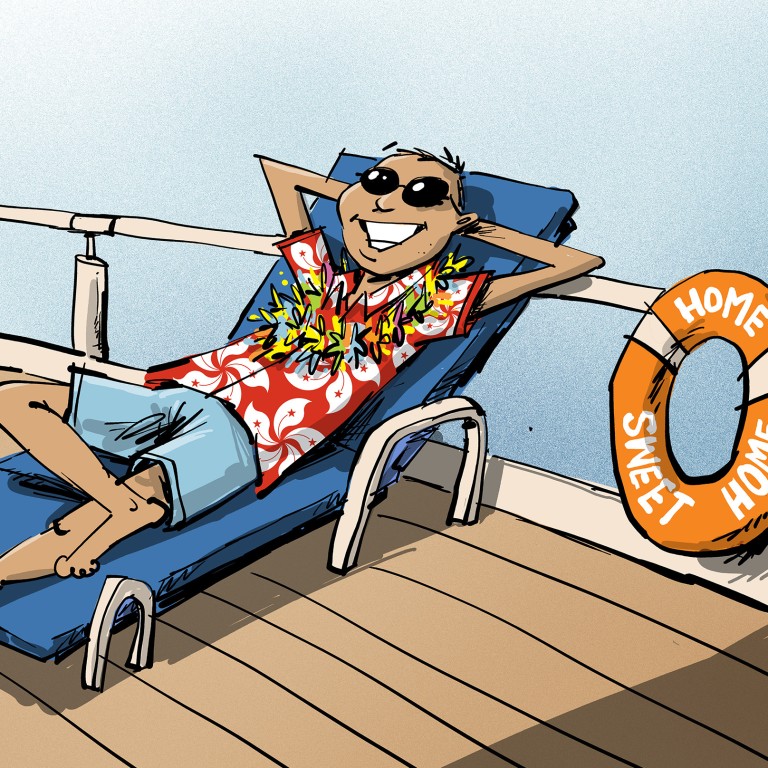
Hong Kong should use cruise ships as a short-term housing solution
- Cruise ships could serve as transitional housing for those waiting for public housing or the redevelopment of their apartments by the URA
- The vessels are available at discounted rates due to the pandemic, already have many amenities and can be located near urban areas
Additionally, cruise ships come with ready amenities, such as swimming pools, gymnasiums and cinemas, which can enhance the quality of life of those on board. If they were open to the public, such amenities could also benefit residents of the neighbourhood and reduce demand for land for such amenities.
Disused vessels are available immediately and are mobile in the sense that they can be strategically located along our coastline to serve needs in different geographical areas and on a flexible timetable.
The major challenge is to find stable and safe locations to moor the ships.
Putting safety first, including managing the risk of collision with other vessels, or even sinking during extreme weather such as typhoons, berths near existing large typhoon shelters would be ideal. Kwun Tong Typhoon Shelter in the outer part of the Kai Tak Nullah, being tentatively planned as a future watersports centre, could be considered.
We estimate the shelter could accommodate a few cruise vessels, each about 250m long with about 2,000 cabins, without stress to other vessels during inclement weather.
Cruise vessels bought using the public purse or by philanthropists championing such social causes should be maintained as part of the government fleet, enjoying economies of scale to keep running costs low. Income could be further generated through public-private partnership models similar to the leasing out of shopping spaces in public housing estates.
The long-term housing solution should be a dual track one, with private housing for the more prosperous top 20 per cent of the population and social housing for the remaining 80 per cent. A basic standard of living should be upheld, and the cost of future social housing should be tied to affordability, with the goal that most residents should be able to own their own flat.
Hong Kong’s redevelopment projects should take ‘organic city’ approach
Affected residents, 85 per cent of whom work in traditional urban areas, may well support the scheme which presents a much-improved alternative quality living environment not too far away. The investment of under HK$1 billion, depending on the age and facilities of the two cruise vessels to be acquired, could probably be justified when Man Wah Sun Chuen is redeveloped into a commercial and residential complex in the prime West Kowloon central business district and cultural hub.

This proposal may sound unconventional, but it is cost-effective and can be implemented in the near term. Some of the technical hurdles, such as sewage, drainage, water and power supply, and ongoing maintenance, should not be underestimated – but they are surmountable.
The key factor for success may well depend on a champion coming forward who has the resources, power and will to get the project off to a quick start. The financial resources involved should be modest when the wealth in our society is considered.
When mega projects in the northern New Territories and the waters off Lantau Island are completed and can provide a decent living and working environment for the masses, then the vessels could be recommissioned and used for cruises around the Pearl River Estuary or other Asian waters to facilitate cultural and heritage exploration in the Greater Bay Area or nearby countries.
Hopefully, a white knight will appear soon to realise the dream of solving our near-term housing problems and becoming a city of hope and happiness.
Lucy Kwan is chairman of The Tanner Hill Workshop


